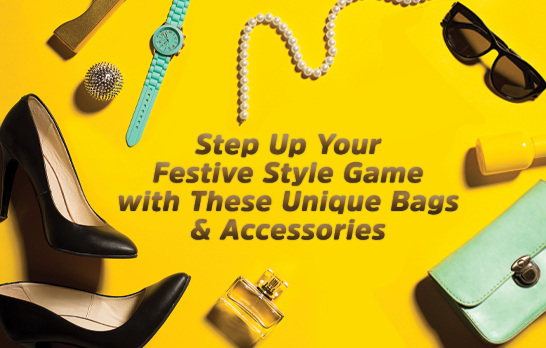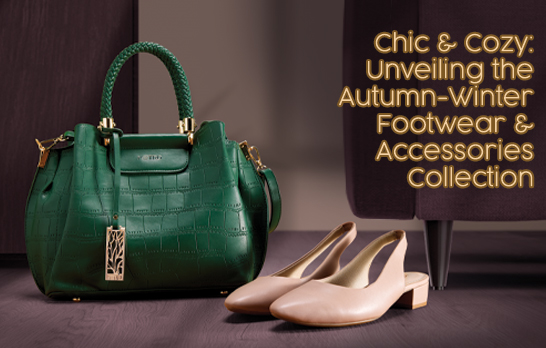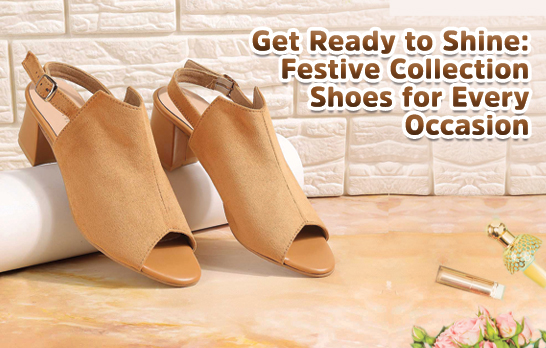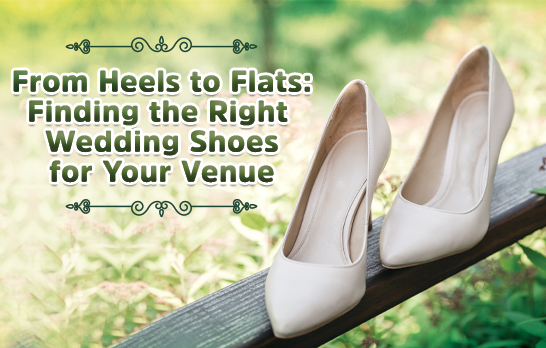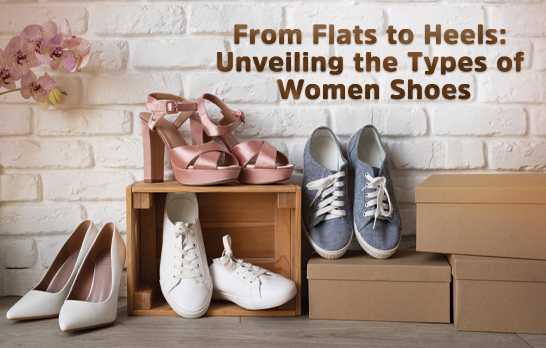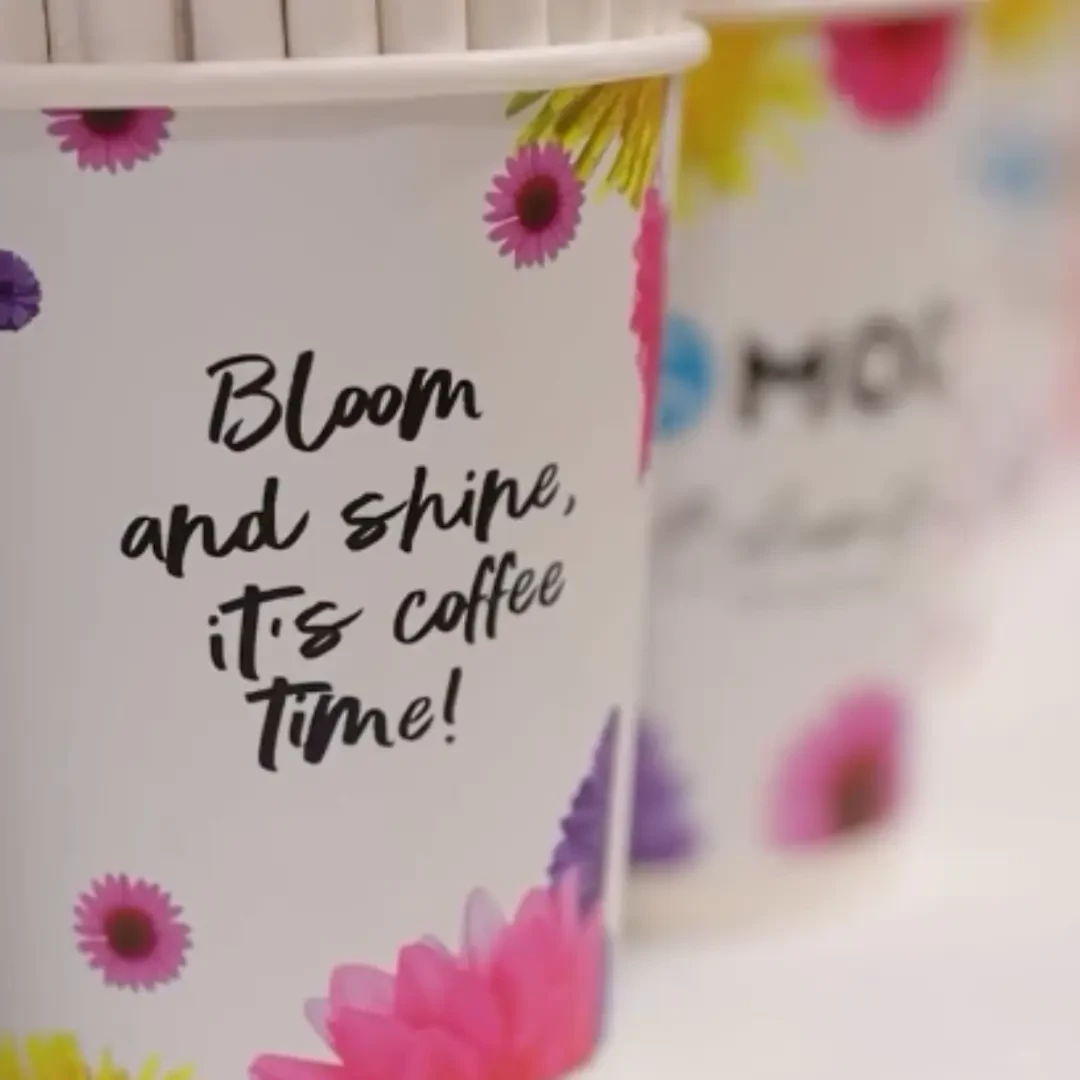WELCOME TO METRO SHOES Enjoy an extra 5% off on prepaid orders. Store Locator
Enjoy an extra 5% off on prepaid orders.
Shoe Soles Explained: The Ultimate Guide to Different Types & Uses
April 25, 2025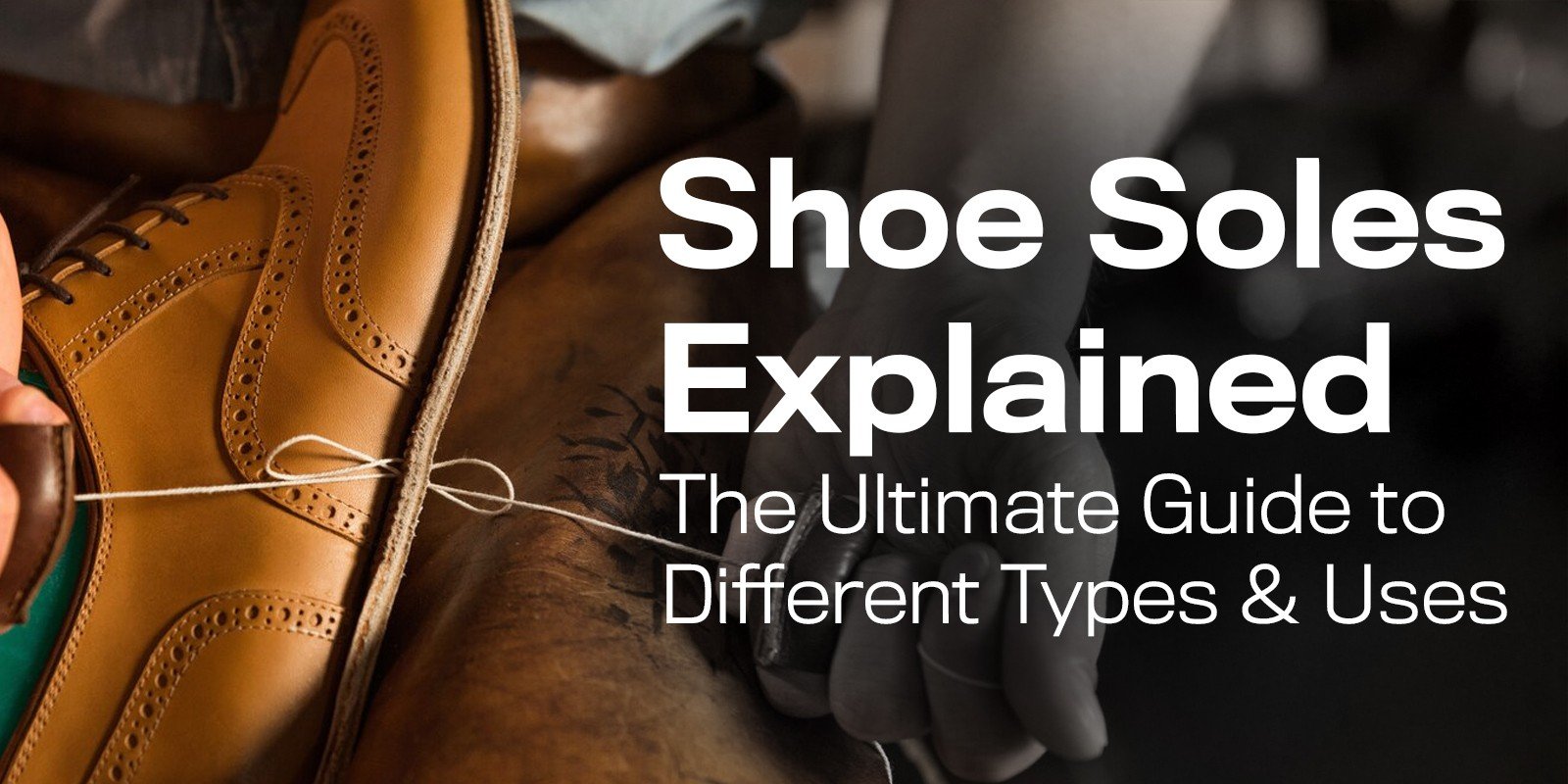
Shoe Soles Explained: The Ultimate Guide to Different Types & Uses
Understanding the types of shoe soles helps you choose footwear that’s not just beautiful but also built for the way you live. It will enable you to choose form and function. From dress shoes and boots to sneakers and heels, let’s decode the most essential part of your footwear wardrobe.
What Is the Sole of a Shoe?
The sole of a shoe is the bottom layer that touches the ground. It’s usually made of leather, rubber, or synthetic materials and determines how your shoes feel, look, and perform.
Think of it this way:
- Comfort → Cushioning and flexibility come from the sole.
- Durability → Harder materials last longer.
- Grip → Tread patterns and materials affect traction.
- Style → Slim leather soles look formal, while chunky rubber soles look casual.
Leather Soles: Classic and Durable Choice
There’s a reason leather soles have remained a staple in luxury footwear for centuries—they embody understated elegance and fine craftsmanship, along with their own unique, durable features.
Why choose leather soles?
- Crafted from tanned animal hide
- Smooth, slim, and flexible once broken in
- Naturally breathable and moisture-wicking
- Creates a refined ‘click’ when you walk—a true mark of premium shoes
Leather soles are a go-to in formalwear, making them a perfect match for Oxford shoes, brogues, and loafers. They’re the hallmark of a well-dressed gentleman, particularly when polished to perfection. When you get leather shoes, you should always look up proper care tips for the best long-term experience.
Style tip: For formal occasions like weddings, interviews, or important meetings, leather-soled shoes paired with tailored trousers and a crisp shirt are hard to beat.
Keep in mind: While elegant, leather soles aren’t ideal for wet weather or rugged terrain - they’re best for indoor or dry conditions. If you need traction, opt for rubber-laced leather soles or protective overlays.
Rubber Soles: Versatile and Slip-Resistant
Rubber soles have earned their place as the everyday favourite. Whether you're walking through crowded metros or exploring the outdoors, this material delivers performance with practicality. It brings the right mix of cushioning and durability, and hence, they’re found in almost all types of footwear today.
Benefits:
- Slip-resistant and shock-absorbing
- Long-lasting, even in rough conditions
- Water-resistant—great for monsoons
- Works across formal, casual, and athletic categories
Modern rubber soles also come in various finishes—some mimic the profile of leather, while others embrace a chunkier, streetwear-inspired aesthetic. Even over-the-top, large chunky rubber soles are trending today.
Rubber soles are a must in men's boots, weather-ready women's boots, walking shoes, and contemporary loafers. They pair effortlessly with workwear, travel outfits, and weekend fits.
EVA and PU Soles: Lightweight and Comfortable Options
For walking shoes and casual wear, EVA and PU are the most common shoe sole materials.
-
EVA (Ethylene Vinyl Acetate): Ultra-light, flexible, and cushiony. Found in sneakers, sandals, and slip-ons.
-
PU (Polyurethane): Slightly denser, more durable, and holds shape longer.
Which is best?
-
EVA → For comfort and speed (great in sports shoes).
-
PU → For daily wear and structure (great for office commutes).
Style Tip: Pair EVA slip-ons with joggers and hoodies for an effortless city look.
Specialized Soles: Dainite, Crepe, and TPU
Let’s explore some niche yet iconic types of soles you’ll find in more curated, high-end, or fashion-forward footwear. These are rarer to find in everyday styles, but are used for their specific appeal and benefits.
Dainite Soles
A rubber sole with recessed circular lugs, Dainite offers traction without bulk. Think of it as the leather sole’s more practical cousin. You’ll find them in practical streetwear or urban styles.
Best for:
- Business-casual shoes that need all-weather traction
- Rainy-day dress boots
- Urban professionals who walk often
Crepe Soles
Soft, slightly bouncy soles made from natural latex rubber. Their textured, spongy look makes them ideal for desert boots, moccasins, and artisanal pieces. They offer comfort and fashionable style.
Best for:
- Creative professionals and relaxed dress codes
- Transitional outfits for spring/fall
- Textural contrast in casual wear
Style tip: Pair crepe-soled boots with cuffed denims and a knit polo for a modern yet earthy outfit.
TPU Soles (Thermoplastic Polyurethane)
Found in futuristic sneakers and hybrid designs, TPU soles offer the perfect trifecta—flexibility, abrasion resistance, and great energy return. They’re quite commonly used in performance fashion.
Best for:
- Fashion sneakers
- Performance-meets-luxury styles
- Urban, edgy looks that require all-day support
TPU soles blend well with contemporary silhouettes, metallic accents, and modern-day styling where tech meets design.
Which Sole Is Best for Different Activities?
|
Activity |
Ideal Sole Type |
Why |
|
Office/Formal Events |
Leather or Dainite |
Sleek profile, elegance |
|
Daily Commutes |
PU or rubber |
Durable, shock-absorbing |
|
Rainy Days |
Rubber or TPU |
Water-resistant grip |
|
Travel & Errands |
EVA or lightweight PU |
All-day comfort |
|
Winter Days |
Lugged rubber soles |
Traction and warmth |
|
Style-First Occasions |
Crepe or hybrid soles |
Adds texture and contrast |
Care Tips for Your Soles
To get the best out of your shoes, care for their soles with as much attention as their uppers:
- Leather soles: Use sole guards or take them to a cobbler for protective rubber overlays if you're outdoors often.
- Rubber soles: Wipe with a damp cloth; store in a cool, dry place to avoid hardening or cracking.
- EVA/PU soles: Avoid excessive heat (like leaving them in a car). Gently brush away dust buildup.
- Crepe soles: Avoid oily surfaces; clean with a suede brush or a slightly damp cloth.
- TPU soles: Minimal care needed—just occasional wiping and airing after wear.
Conclusion
From sleek leather soles to cushioned EVA and high-tech TPU, the type of sole in shoes defines everything from comfort and style to traction and longevity. A good sole supports not just your foot, but your lifestyle.
At Metro, we offer footwear crafted with premium sole materials, designed to elevate every step, whether you're dressing for boardroom brilliance or off-duty ease. Our wide range of shoes for men, shoes for women, men's boots, and women's boots are built from the ground up to support your stride in style.
Soles that support. Styles that speak. Walk the Metro way—where every step is a statement. Explore now at Metro Shoes.
FAQs on Types of Shoe Soles
1. Which sole is best for shoes?
It depends on your use—leather for formal looks, rubber for durability, EVA for comfort, PU for daily wear, and TPU for modern sneakers.
2. Which sole material is best for daily use?
PU and rubber soles are the most durable for everyday wear.
3. Which sole is best for formal shoes?
Leather or Dainite soles work best for office wear and special occasions.
4. Which sole material is best for walking shoes?
EVA soles are lightweight and cushioned—perfect for long walks.
5. Are leather soles durable?
Yes, but they require care and are best in dry conditions.
6. What is the most comfortable sole material?
EVA offers maximum cushioning and is the lightest sole material.
7. How do I choose the right sole for me?
Match the sole with your lifestyle—formal, sporty, casual, or weather-ready.




